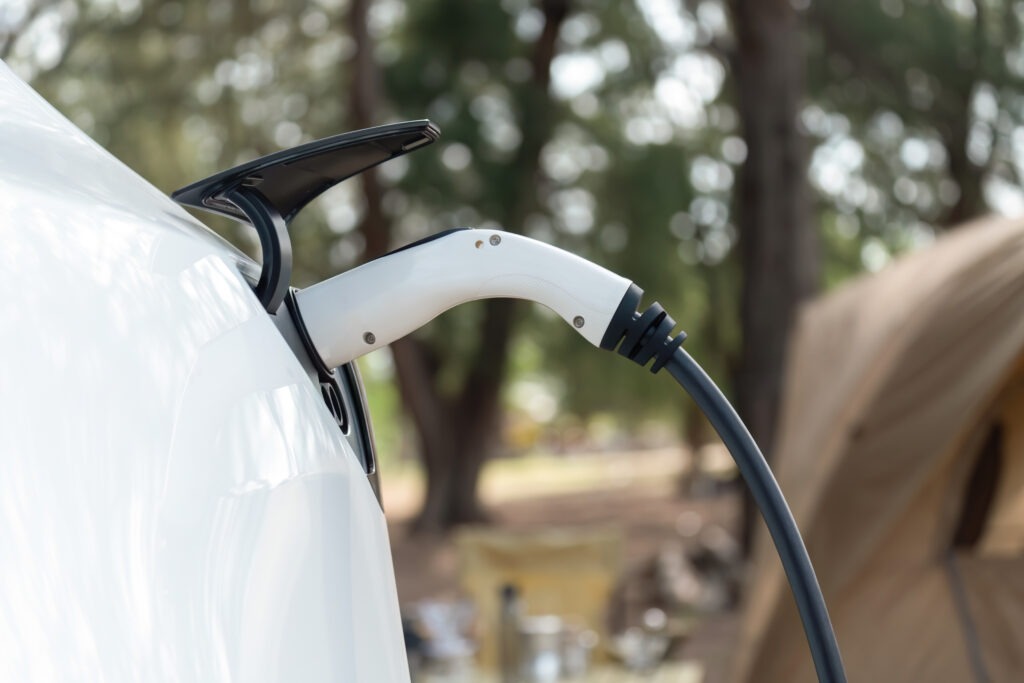Definitive tariffs on BEVs made in China approved in EU vote
04 October 2024

EU member states voted in favour of imposing tariffs on battery-electric vehicles (BEVs) made in China. What does this mean for Europe’s automotive industry and what comes next? Autovista24 editor Tom Geggus explores the outcomes.
The European Commission’s proposal to place definitive tariffs on BEVs built in China has gained backing from EU member states. In a vote, 10 countries supported the tariffs, five voted against and 12 abstained, Reuters reports.
A qualified majority of 15 member states, representing 65% of the EU’s population, would have needed to vote against the proposals to block them.
The Commission may now introduce definitive duties of up to 35.3% on carmakers, Reuters stated. The Commission did not respond to Autovista24’s request for officially updated figures. Any putative tariffs will be in addition to the standard 10% import duty.
Definitive duties not definite
However, this latest vote does not mean definitive tariffs will definitely come into effect. The EU and China are still in talks, exploring alternative solutions. The Commission outlined several important requirements for any workarounds.
These include being ‘fully WTO-compatible, adequate in addressing the injurious subsidisation established by the Commission’s investigation, monitorable and enforceable.’
If these talks are unsuccessful, an implementation regulation will be published in the official journal by 30 October at the latest. This will appear alongside the definitive findings of the EU’s investigation into the Chinese subsidisation of the BEV value chain.
This means as provisional duties end, definitive measures would come into play from early November. These tariffs would then be in place for a period of five years.
Reaction to tariff vote
Reacting to news of the vote, the European Automobile Manufacturers’ Association (ACEA), reaffirmed the need for free and fair trade. It said this is essential for a competitive European automotive industry, while healthy competition drives innovation and choice for consumers.
‘For the European automotive sector to be competitive in the global electric vehicle race, a comprehensive industrial strategy is crucial, as highlighted in the Draghi report,’ ACEA said.
This assessment from former Central Bank president Mario Draghi outlined how Europe can address its slowing growth. It highlighted the need to refocus efforts on closing the gap with the US and China, especially around advanced technologies.
The report called for a joint plan to decarbonise while remaining competitive. Additionally, it emphasised the need to increase security and reduce dependencies on countries outside the EU.
ACEA also highlighted the need to secure access to critical materials and affordable energy as well as create a consistent regulatory framework. It called for the expansion of charging and hydrogen-refuelling infrastructure, as well as market incentives.
The impact of tariffs
In its latest forecast, EV Volumes outlined the potentially negligible impact of tariffs on Europe’s electric vehicle (EV) market.
So far only Tesla has confirmed a slight increase in prices for the Model 3. Nio and Xpeng said their prices will not change, while BYD appears capable of absorbing the duties into its margins. SAIC should have enough stock stored locally to supply the market until November.
Another feasible tactic for some carmakers is to build vehicles in Europe. For example, Chery, the manufacturer behind the Omoda and Jaecoo, is expected to produce models in Spain by the end of the year. There is even potential for the carmaker to build cars in the UK, the BBC reported.
So, while OEMs might be able to dampen the impact of tariffs, attention will now turn to China’s reaction. The country has already threatened tariffs on EU brandy imports and has begun investigations into pork and dairy products. Meanwhile, European carmakers selling vehicles in China will have to wait and see if the country introduces oppositional measures.




